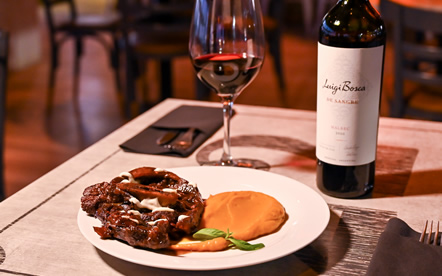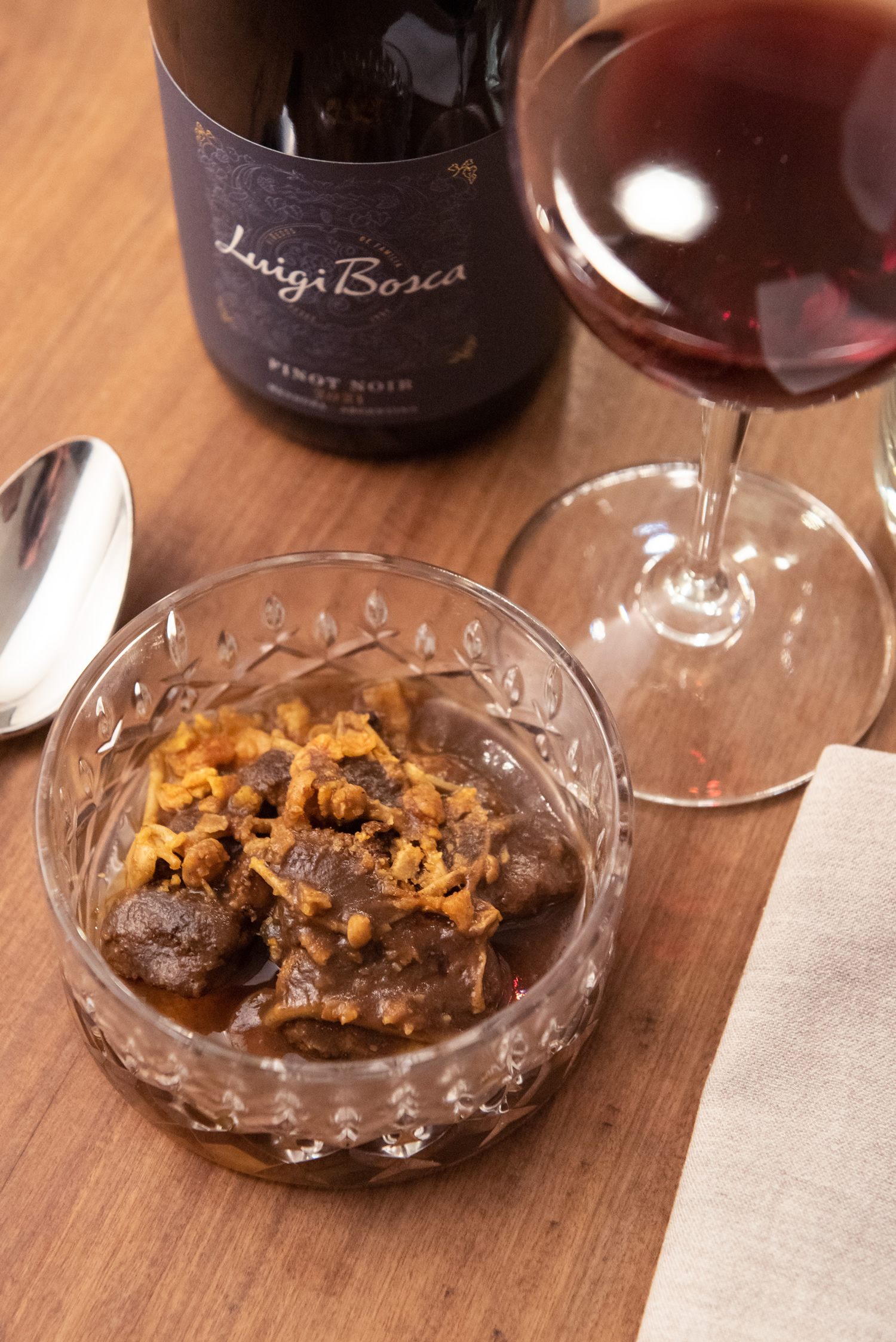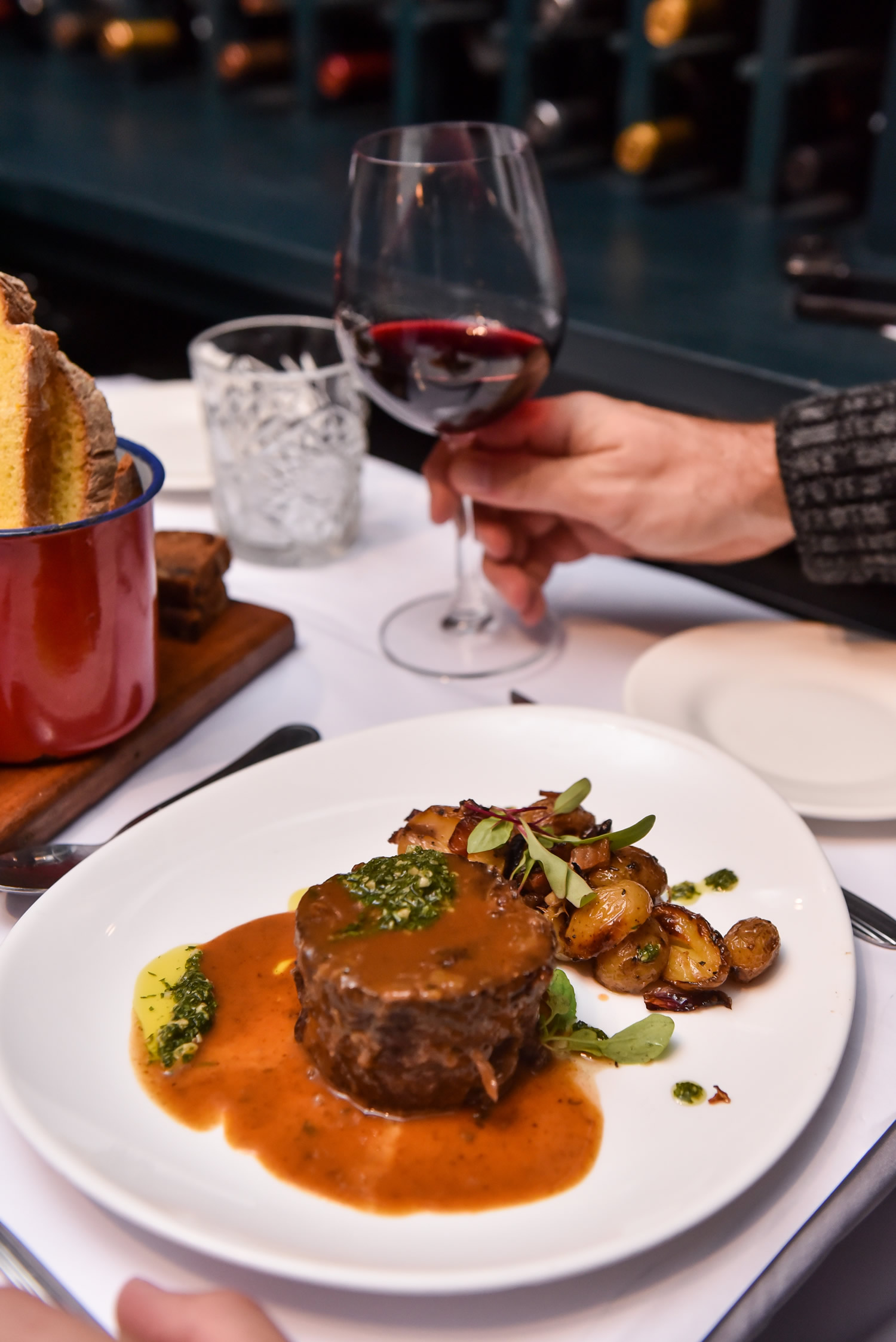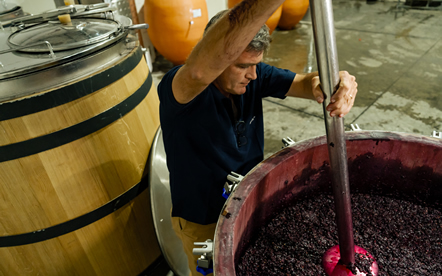
Meat and wine: a guide to the perfect pairings
Among the Argentine culinary traditions, there is one that stands out to such an extent that it has made our cuisine famous around the world: the barbecue, or asado, the excuse that calls all our senses to gather around the fire, with friends and family. Just like sausages, offal, side dishes and a great variety of beef cuts, another essential component of an asado is wine, the infallible companion of grilled meat.
Although virtually all grape varieties and red blends go well with asados like no other beverage, there is also a style of wine suitable for each of the main characters of the emblematic menu of Argentine cuisine. Although personal taste prevails in every pairing, there are certain tips related to the beef cut, the cooking point and the accompaniments that can enhance the experience at the table.
As for the cut to be eaten, the sausages and cured meats, there is a very simple rule that must be followed: the higher the fat content of the meat, the more tannins the wine should have. Food with a lower fat content, such as pork loin, pair very well with smooth and medium-bodied wines, such as Pinot Noir or a young Malbec. On the other hand, fattier pieces such as rib eye or skirt steak require a more full-bodied red wine, such as a Malbec or a Cabernet Sauvignon aged in wood. Following this advice, the wine will clean the fat on the palate to provide a sensation of smoothness, and thus the meat will not be overshadowed by the beverage. Likewise, in bone-in cuts such as roast beef, the intense flavour is carried from the bone to the meat, which turns them into the perfect accompaniments to structured reds that are more mineral than fruity, such as Malbec wines made in the Uco Valley.

A juicy steak is the ideal cut for a Pinot Noir wine, but it is important to opt for less acidic wines with more structure, such as a stately Cabernet Sauvignon or a Petit Verdot, for more cooked meat cuts.

The second basic rule of meat and wine pairings has to do with the cooking point: the juicier the meat, the more acidic the wine should be, and vice versa. A juicy steak is the ideal cut for a Pinot Noir wine, but it is important to opt for less acidic wines with more structure, such as a stately Cabernet Sauvignon or a Petit Verdot, for more cooked meat cuts. A light wine with a medium rare meat goes unnoticed and does not meet the main goal of the pairing between a dish and a wine: the enhancement of the flavours of the beverage and the food.
At the same time, at the moment of choosing the wine, the side dishes served with the meat should not be overlooked either. More subtle accompaniments, such as creamy mashed potatoes, pair better with fine wines, such as Pinot Noir, whereas grilled bell peppers will better match reds that are more intense in the palate, like a Cabernet Sauvignon or a spicy Cabernet Franc.
Last, but not least, it is worth highlighting that, although meat has been historically associated with red wines only, it is true that the universe of meat is so wide and interesting that there are also alternatives to accompany whites. In barbecues, for instance, sweetbreads go very well with complex white wines aged in oak. Similarly, lamb can also be paired with a crispy and lively white, such as a Riesling with a mineral character, but there is no more appropriate accompaniment for grilled chicken than an oak-aged Chardonnay.
The most important pairing of the Argentine cuisine provides very different options to try; just follow these tips to find interesting combinations that enhance the best of both worlds.




